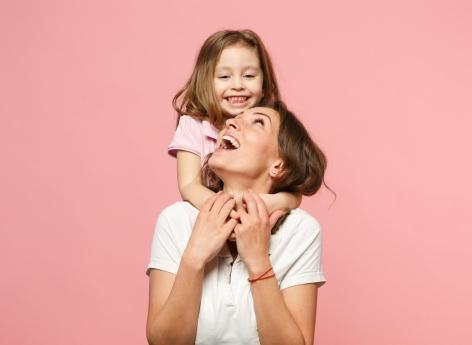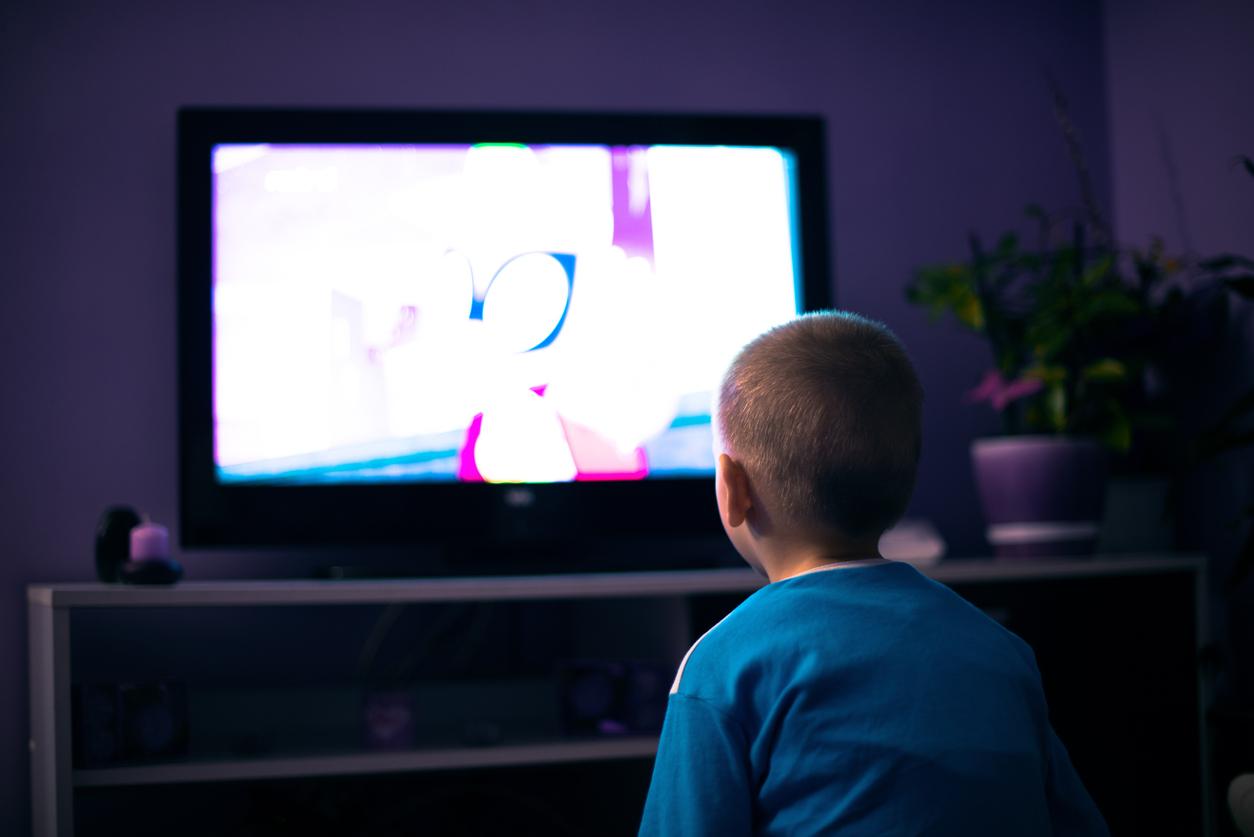On the occasion of national myopia week, meeting with Dr. Vincent Dédès, ophthalmologist in Hauts-de-France and President of the SNOF (National Union of Ophthalmologists of France), to talk about prevention, screening and treatment of children.

Myopia is a vision disorder that results in clear vision up close but blurred vision at a distance. It is mainly caused by excessive elongation of the eyeball which causes images to be focused in front of the retina. This refractive disorder is the most widespread in the world and continues to increase every year. 15% of French people were myopic in 1950 compared to 40% in 2020 and, according to projections, 60% will be myopic in 2050, experts remind us in the campaign “Against myopia, I act!”.
Why Doctor: As a parent of a young child, what can we do to protect them from myopia, knowing that 90% of cases are due to environmental factors?
Dr Vincent Dédès, ophthalmologist and President of the SNOF: It has been demonstrated for a very long time: activities in an environment without daylight or very close activity promote the appearance of myopia. So to prevent it, we must limit screens and favor exposure to daylight, by doing outdoor activities with distant vision, such as sporting activity for example.
Preventing myopia in children by prioritizing outdoor activities
Can you give us an idea regarding limiting screens and the length of time to spend outdoors?
For screens, today there is a time limit that must not be exceeded but which is rather linked to the child’s psychomotor development. Recommendations regarding the brain [½ heure d’écran par jour à 3 ans, 1 heure à 6 ans, NDLR] are stricter (and justified!) than what is needed for the eye. We must rather see things the other way around, by emphasizing what should be prioritized, namely outdoor activity. At best, the child should be able to do an activity for one to two hours a day outdoors. In some Asian countries, where cases of myopia are exploding, class times have been changed to allow children to play sports outdoors in the afternoon, in daylight.
When we talk about limiting screens, is it also television?
In fact, it’s not so much the screen that’s the problem but the near vision. Optically, near vision is what we call vision within two meters. So for television it depends on the size of the living room… But young children tend to have their noses glued to the screen so you have to remain vigilant.
Myopia: “the sooner we act, the more effective we will be”
Why should myopia be detected as early as possible in a child?
In fact, what must be understood is that the visual system at birth is immature, that is to say, it has not finished developing. And if for reason X or Y, he cannot develop correctly, this will hamper his visual acuity. Furthermore, the sooner we act on anomalies that can slow down this development, the more effective we will be. This is valid for myopia, hyperopia or strabismus, and it is all the more important when there is a family history. This is why screening children is truly a very important public health issue, because after the age of 8-10, when we have missed it, it is too late and it is a great loss of opportunity for the child.
For safety’s sake, and even if you don’t notice anything, at what rate should you take your child to see an ophthalmologist?
We must keep in mind that a child, if he has one eye that sees well and the other that does not see, he will not realize it and will not be embarrassed because the brain is well made. So if you have an eye that isn’t working well and we don’t make the effort to check it, we could find ourselves facing a 10 year old child for whom we won’t be able to catch up.
Ideally, we would like screening a little before two years, four years and at six years for entry to CP. For a while this was done in schools but today, school screening is a bit of a poor relation… However, there are several other possibilities, in particular with general practitioners and pediatricians who can carry out an initial check within the framework. of development, and if there is the slightest doubt, they can send the child for consultation. Orthoptists, even if they are not doctors, also do very good screening of the child. Normally, we consult them on prescription but it is now possible to see them directly for the screening of young children. If they detect an abnormality, they then send the child to an ophthalmologist.

“The problem with myopia is when you have strong myopia”
Why do we talk about “high myopia”, and what are the risks?
The problem with myopia is when you have strong myopia. If at 20 you are at -2 this is not very serious in itself because it will no longer move much. These are small myopias which arrive towards the end of adolescence, at the beginning of adulthood… This can even become an advantage at 45 years old. High myopia can appear before the age of 10. It poses a problem because a myopic eye is an eye that is a little too big. So, in a child who develops myopia very early, as the eye will continue to grow with growth, there is a good chance that significant myopia will develop. And in the context of the high myopia that we, ophthalmologists, call disease myopia (but which is ultimately a small percentage of myopes), we sometimes have serious pathologies behind it, with retinal detachments, macular damage. , glaucoma, etc. So typically, if we have a 6 year old child who is developing myopia, we will have to use all the weapons we have at our disposal to try to slow down its progression.
And precisely, what are the possible treatments to slow down myopia that is already present in a young child?
The first and simplest treatment is outdoor activities. Then, what is more frequently used today are brake lenses: they help slow down the progression of growth. The role of the optician here is important because we are dealing with technical lenses and a poorly centered lens will work much less well. Then we have lenses, which are either daytime wear lenses, that is to say classic lenses that we put on in the morning and take off in the evening; or in nighttime wear (orthokeratology), so on the contrary that we put it on at night and take it off in the morning. The last thing at our disposal is eye drops – which we currently have difficulty getting in France because the files are dragging on a bit. They work quite well and what’s more, they are simpler on a daily basis because it’s only a drop to put in the child’s eye. Also note that you can very well combine several treatments, by putting on glasses and eye drops, for example.














